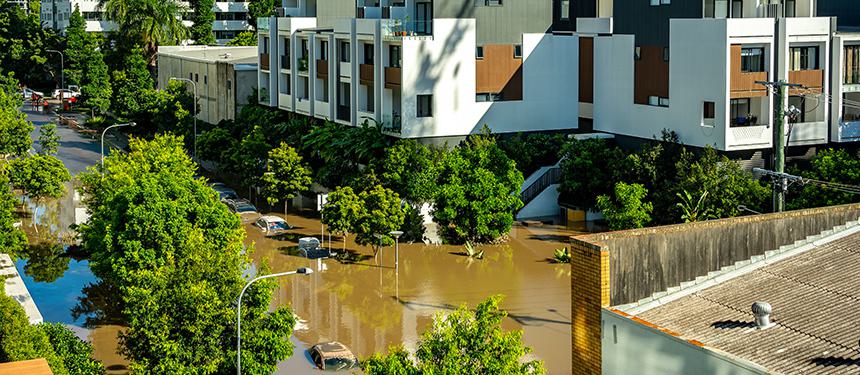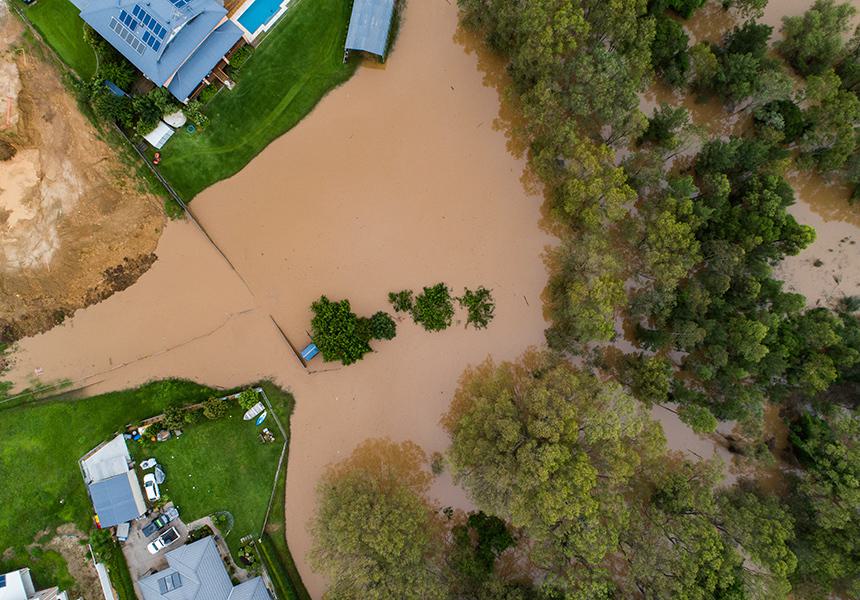Flooding in eastern Australia causes widespread disruption

Amid the sustained waterlogged soil and already overflowing dams, every additional day of rainfall could spell more disaster for residents and operations in eastern Australia.
What’s happening in eastern Australia?
Since the end of February, extremely heavy rainfall has caused widespread flooding across eastern Australia, including parts of South East Queensland and New South Wales (NSW).
Reports indicate at least 20,000 properties in South East Queensland have been flooded; at least 15 local government areas are impacted, and the worst-affected areas include northern Brisbane and Moreton Bay regions and the Sunshine Coast. At the peak of the flooding, airport and runways closure were reported at the Gold Coast Airport (OOL) and Brisbane Airport (BNE). Over 13 flood-related fatalities have been recorded across Queensland and NSW. On 11th March, Prime Minister Scott Morrison declared a national emergency.
There is a growing sense of resentment among residents affected by the severe weather disturbance.
On 21st March, dozens of Lismore residents affected by the floods gathered outside the Prime Minister's Kirribilli residence in Sydney with a truck full of flood debris to protest against climate change inaction and the perceived lack of emergency assistance from the authorities amid this ongoing natural disaster. This comes after the State Emergency Service identified over 3,600 homes across Lismore to be uninhabitable. At the height of the natural disaster, hundreds of residents were stranded on their rooftops for hours due to a lack of emergency personnel and equipment. The lack of emergency response personnel resulted in an over-reliance on volunteers to assist with disaster relief efforts. The ongoing emotional impact on the affected residents is substantial, with elevated emotional stress and increased risk of physical illness from vector-borne diseases.

What has caused the flooding?
A record amount of rainfall in a short period and existing infrastructure maintenance issues are among the factors that resulted in catastrophic flooding incidents.
The ongoing La Niña event in the Pacific has contributed to elevated risks of heavy rainfall. This complex weather phenomenon occurs over a few months every couple of years. Strong winds blow warm water at the ocean's surface across the Pacific Ocean from the Americas region to the Asia Pacific region.
In NSW and Queensland, councils are responsible for maintaining and ensuring the safety of up to 90% and 80% respectively of the state's road networks. A recent report indicates that NSW councils face substantial financial pressure to maintain existing critical infrastructure networks and services. In many instances, records have shown that austerity measures at the state level have resulted in the postponement of such maintenance expenditure since 2014.
Advice for organisations and residents
- Continue to anticipate residual disruption over the coming weeks as heavy rainfall is expected to persist. Residents with homes in flood-prone and low-lying areas should check that their gutters and drains stay clear of debris on a daily basis. Residents living near recently flooded areas should review their evacuation plans and keep them up-to-date, and kits should be ready to go if required.
- Reinstatement and reconstruction works are likely to be delayed as these can only be undertaken safely once most of the damaged buildings are sufficiently dried out. In areas where floodwaters have receded, and clean-up operations have begun, business operations are likely to remain affected. In areas where severe flooding has been experienced, intermittent outages of gas, electricity and internet connectivity are expected. Security managers should ensure that employees in vulnerable regions prepare a flood kit comprising essentials, including non-perishable food, a flashlight, drinking water, and medical supplies.
- Abide by all official directives and adhere to sensible journey management planning. Refrain from crossing floodwaters owing to the risk of undercurrents or damage to underground power lines, which can cause electrocution. The emergence of significant potholes, fallen trees and landslips impacting the road networks will hamper overland journeys. Overland travel should be mapped out in advance and alternative routes identified for transport networks that have been damaged. Minimise all non-essential movement if the security risk environment deteriorates further.
Healix clients can download the Healix Travel Oracle app and utilise the 'Watch Country' function to receive notifications on the latest security incidents in-country. The 'Mayday' functions can also be triggered to provide the GPS location of an employee and provide additional information, including audio and pictures from the employees' phone.




